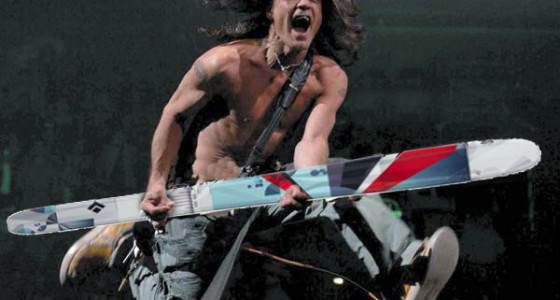
Early rise, full rocker, reverse camber, tip rocker, what does it all mean? For the backcountry enthusiast rocker is the new kid in town. But before we talk about rocker let’s step into Mr. Peabody’s time machine and go back to the birth of sidecut. Sidecut changed skis by increasing the tip and tail width. The difference in tip and tail width creates a gap underfoot when the ski rolls on edge. The skier’s weight and speed close the gap, and the ski flexes and initiates the turn. The wider the tip the more leverage a skier needs to roll the ski on edge. Think of it in terms of steering wheels, sports cars have fine tuned steering and suspension, and smaller steering wheels. Semi trucks are beasts with huge steering wheels.
For off piste skiers big sidecuts have some shortcomings. For a sidecut ski to work well it needs a smooth consistent snow surface, groomers for example. As tip width widened and sidecut increased skis became shorter to make it easier to roll up on edge. Sidecut doesn’t do much in bottomless fluff, initially powder skis lost some sidecut and became noticeably softer, these lacked performance when back on the groomers and became “quiver” skis.
How To make a ski perform better in the deep? Snow is the solid form of water, but fresh snow has similar properties to water. What skis work best in water? A reverse camber, rockered water ski. Shane McConkey saw this way before it’s time and it worked. Ironically another product The Trail Head sells that turns on a dime and is heavily rockered is a whitewater canoe, same concept.
Why does it work? By permanently bending the tip upward the ski floats in the deep and turns easily and predictably. And by moving the contact point back it also helps with turn initiation. Additionally by having a shorter “pocket” of sidecut you can increase the stiffness in that area making it easier to carve on harder snow and/or crud.